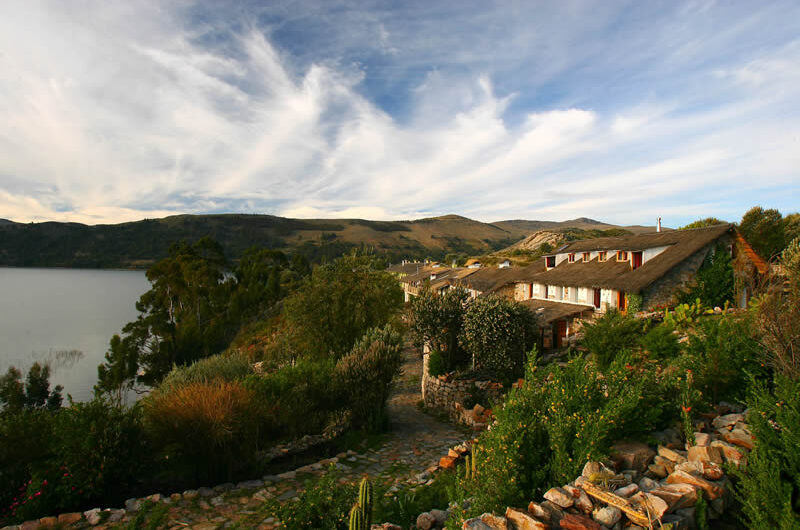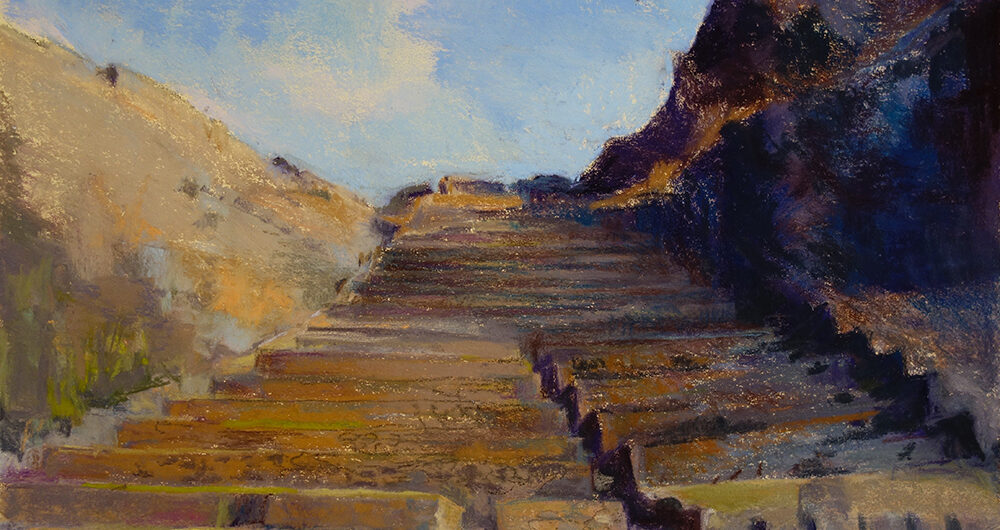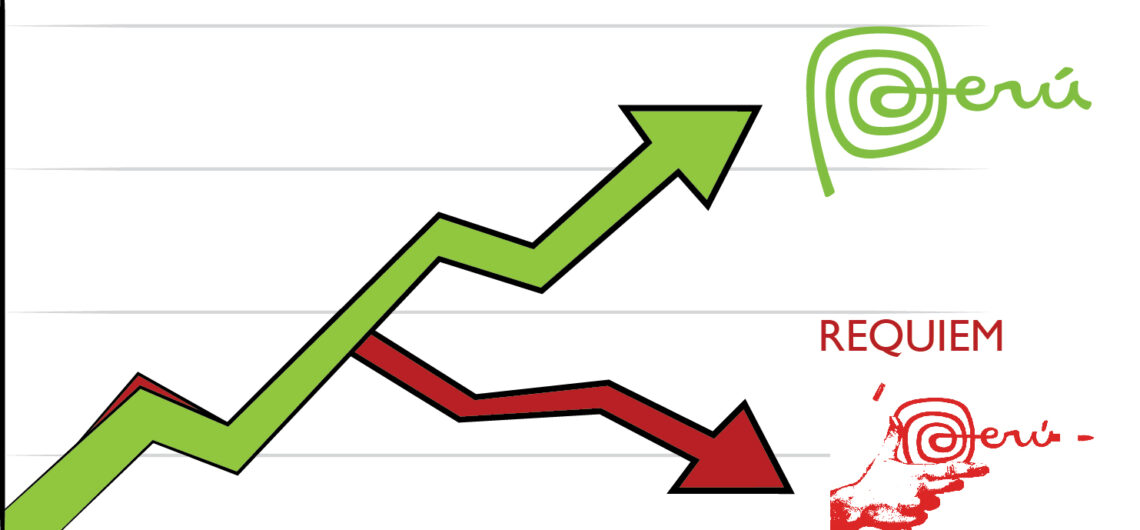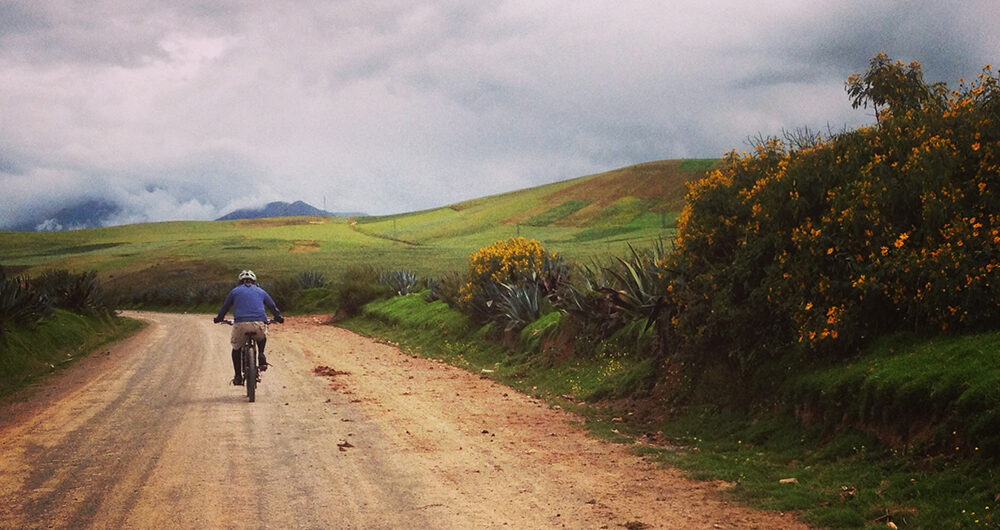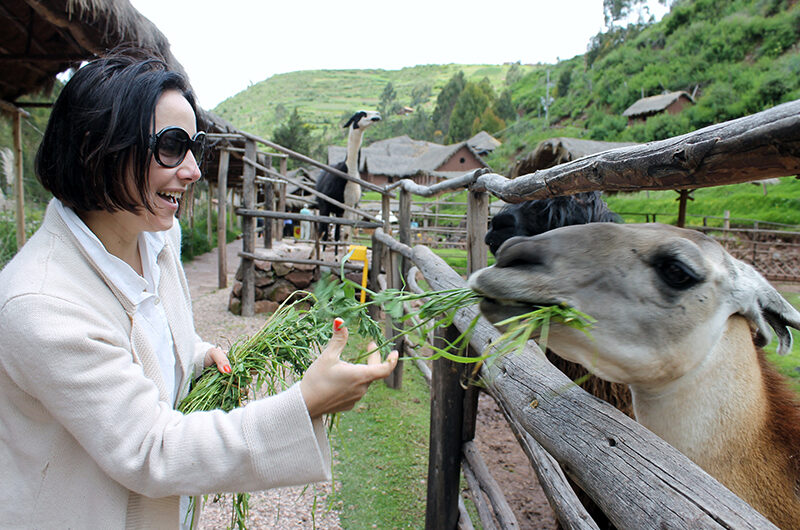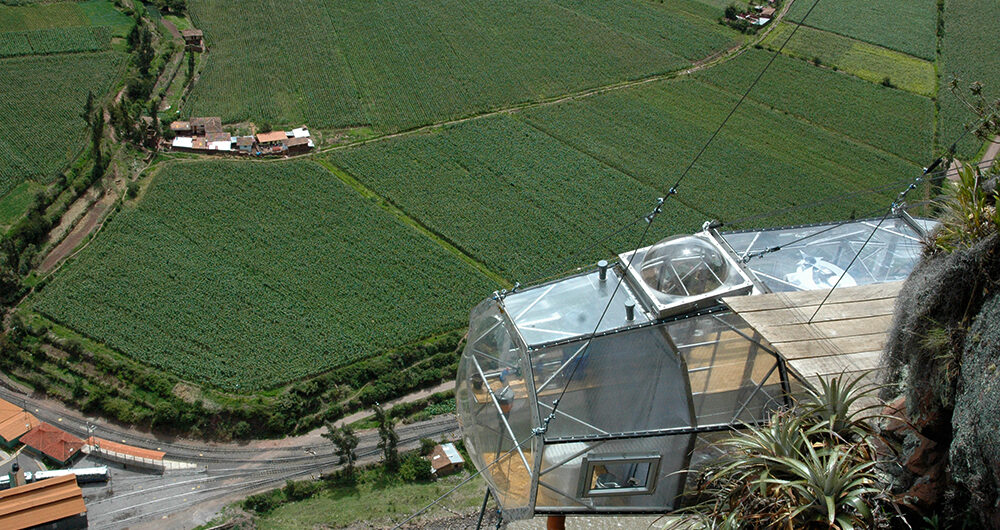To all of the faithful Aracari Khipu blog followers, today I publish my last article as Aracari’s Marketing and Product Development Assistant. I have been in Lima working at Aracari for over a year and am now embarking on my next adventure (of course travel is inevitably involved). Fresh out…
Image © Sally Lebwohl 2014 It’s always lovely to receive positive feedback from our guests, but perhaps no most rewarding is receiving a piece of artwork that has been inspired by one of our trips. Pictured above, Aracari guest Mrs. Sally Lebwohl captures the superb Inca ruin complex that looms…
Tourism in Peru over the past couple of decades has seen immense progress and growth, but with any development, the positive results are inevitably shadowed by accompanying negative effects. Looking at tourism in Peru, we could certainly sing an anthem, celebrating the many advances in infrastructure, management, quality of service…
On a recent visit to the Sacred Valley with my parents, I decided to embark on a mountain biking adventure for the first time from the town of Chinchero to Maras. During the adventure, we’d be stopping to visit the archaeological site of Moray, where we’d have lunch and then…
My first time in Peru was like the first time I fell in love: intense, beautiful and overwhelming. So incredible I want to talk about it, so pour yourself a drink and sit down, dear readers: here we go, destination South America, the huge Andes and the mystical history of…
Ever wondered what it is like to sleep in a glass pod suspended off a mountainside accessed by climbing up a vertical via ferrata to get there? You can now find out in Peru’s Sacred Valley, where Skylodge reaches new heights in quirky accommodation. Aracari went to test out the…

